At Portland, Maine, AP
—
Police have asked Maine courts to let them take guns away from people who are dangerous to themselves or others a lot more since the deadliest mass shooting in the state’s history, the governor said Friday.
After an Army reservist killed 18 people in two places in the city of Lewiston last October, Maine’s extreme risk protection order rule was made stronger. At a news conference, Gov. Janet Mills said that the rule has been used 15 times more often since the attacks than it was in the three years before.
“It is clear that since last year’s tragedy, more and more police officers across the state are taking this law seriously,” Mills said. “They have taken state-provided training on how to use it, and they now use it every day to take guns away from people who shouldn’t have them.”
The governor didn’t say how often the requests were allowed under the stronger law. People who want to limit gun rights say that these “yellow flag” and “red flag” laws are very important for keeping guns away from dangerous people, like those with major mental illnesses.
Some people in the gun lobby say that these kinds of rules violate people’s constitutional right to keep and bear arms.
The state police released a report hours before Mills’ news conference. The report talks about what they learned from the mass shooting on October 25, 2023, and makes many suggestions for how to make tactical response, incident management, training, and other areas better.
One of the main suggestions in the report is that the state police get new training in how to deal with active shooters “for a more coordinated response during significant incidents and/or mass casualty incidents.”
A bowling alley and a bar and grille were both shot at. It turned out that the shooter was an Army reservist whose mental health had been getting worse in the months leading up to the killings.
Many people looked for Robert Card for a long time before he was found dead. An independent committee was asked by Mills to look into what happened during the attack.
The commission’s report came out last month, and Mills talked about it in public for the first time on Friday. The report says that the Army Reserve and the police missed chances to help Card during his mental health crisis and take action to seize his guns.
The governor told them she agreed with what they found. Also, she said that the Sagadahoc County Sheriff’s Office could have used the risk protection order but chose not to. Official records from the state show that the Sagadahoc County Sheriff’s Office had never used the order before the killings.
“At its core, this tragedy was caused by a huge error in judgment on the part of several people, on multiple occasions; a severe lack of care that, as the commission correctly pointed out, was an abdication of responsibility,” Mills said.
Mills also agreed with the results of the state police review that were just made public. The state police said that the New England State Police Administrators Compact will look over the new study on its own. Mills said that she liked that move.
The report from the state police wasn’t just a list of what went wrong. It also lists the places where the authorities followed the rules for best practice.
After looking at the work of the Maine State Police Tactical Team, officials said, “the manhunt was an overall success.” Card was caught within 48 hours, and no one else was hurt, including police.
But the study also pointed out other issues, such as a “overwhelming and uncontrolled influx” of officers who went to the scene on their own.
The report talks about what happened after Card’s mother made two hang-up 911 calls. As one tactical team got ready to send an armored vehicle, a group of U.S. marshals showed up and searched the house.
Another time, a group in a protected vehicle sped onto a bridge close to where Card’s car was found, almost hitting some police officers who were working there at night.
The study suggests that police officers should be warned about self-deployment every year and that in an emergency, they should either let the command post know they’re coming or wait to be sent out.
It also says that the home of a suspect should be searched as soon as possible. Card’s home wasn’t searched until more than 14 hours after the killing.
“Areas of interest, like the suspect’s car, need to be looked at right away for information on how to catch them, not hours later,” it says.

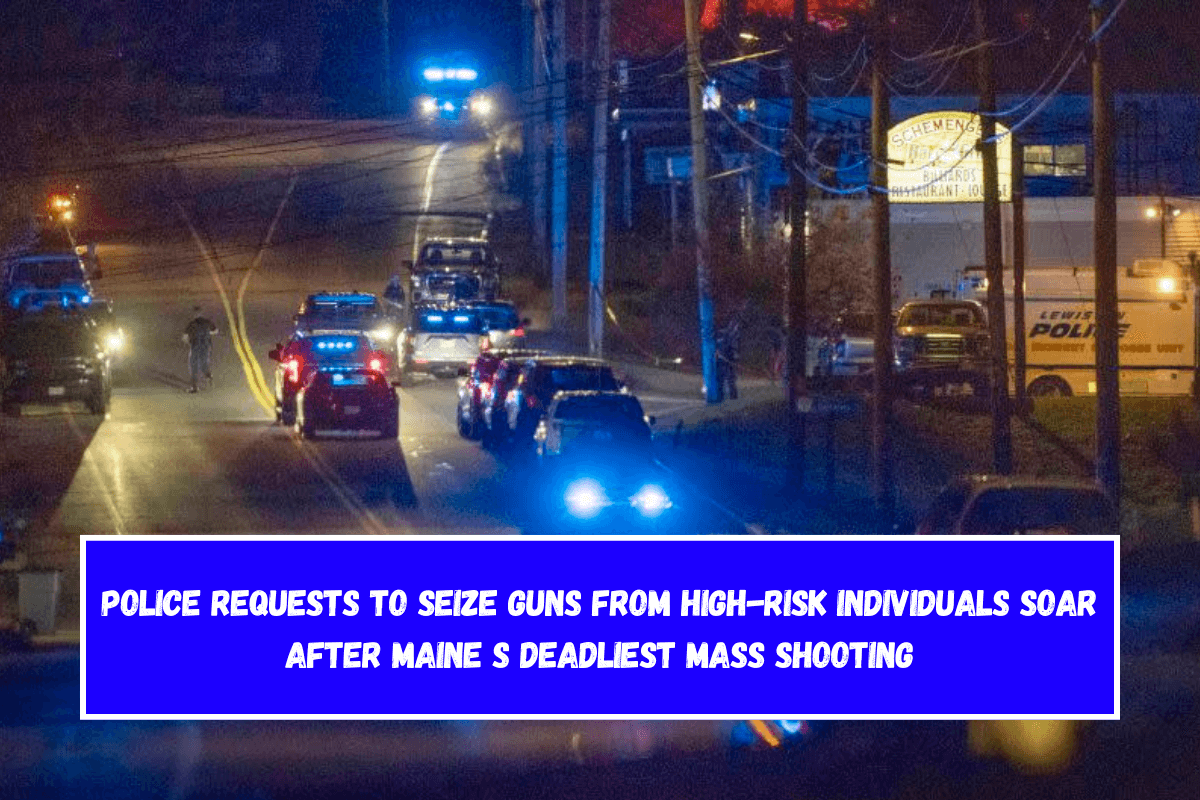
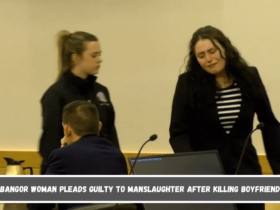
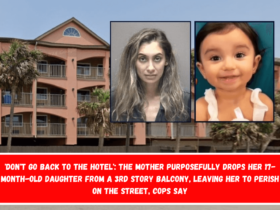


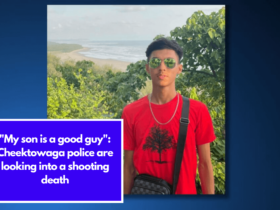



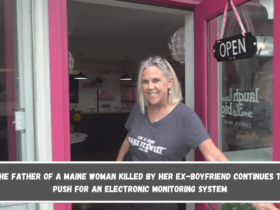
Leave a Reply